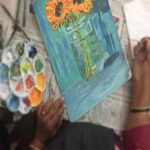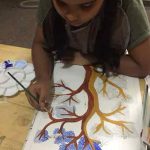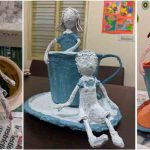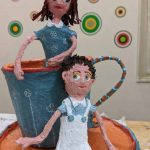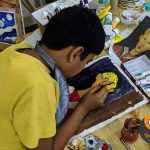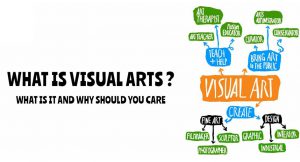Art history plays a crucial role in a child's art education. In art classroom, it is important to introduce children to the great masterpieces of the past and the artists who created them. By studying the styles, techniques, and concepts of these artists, children can gain a deeper understanding and appreciation of art.
Art history also provides a context for children’s own artwork. When children learn about the historical development of art, they can understand how their own work fits into a larger artistic tradition. They can see how their own ideas and techniques are influenced by the artists of the past, and how they can contribute to the art of the future.
Incorporating art history into art classes also helps children develop critical thinking skills. By analyzing and comparing different works of art, children can learn how to make informed opinions and articulate their thoughts. This helps to build their analytical and critical thinking skills, which will serve them well in all areas of their lives.
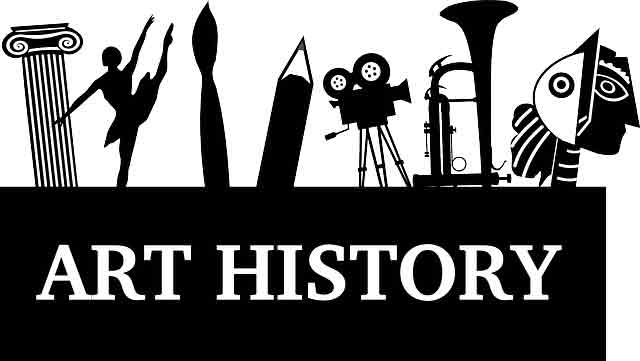
source of inspiration for children
By exposing them to the vast array of styles, techniques, and concepts found in the art of the past, they can gain new ideas and perspectives for their own work. It is a great way to encourage creativity and imagination, which are key components of a well-rounded art education.
Art history is a way to connect children with the rich cultural heritage of our world. By studying the art of different cultures and time periods, children can learn about the history, beliefs, and values of different societies. This helps to broaden their horizons and instill a sense of cultural awareness and understanding.
In addition to these benefits, learning about art history can also help children develop their own artistic skills and styles. By studying the techniques and styles of great artists, children can learn about different approaches to creating art and can experiment with these techniques in their own work.
For example, children might be inspired by the bold use of color in the paintings of Vincent van Gogh or the intricate detail in the drawings of Leonardo da Vinci. They can then apply these techniques to their own art and see how they affect the overall look and feel of their work.
In conclusion, art history is an essential component of a well-rounded art education. By exposing children to the rich history of art, they can develop critical thinking skills, gain inspiration and new perspectives, connect with their cultural heritage, improve their own artistic skills and styles, feel a sense of pride and accomplishment, and develop a love for art. By including art history in the curriculum at BrainArt, children can gain a deeper appreciation for the art of the past, present, and future.



